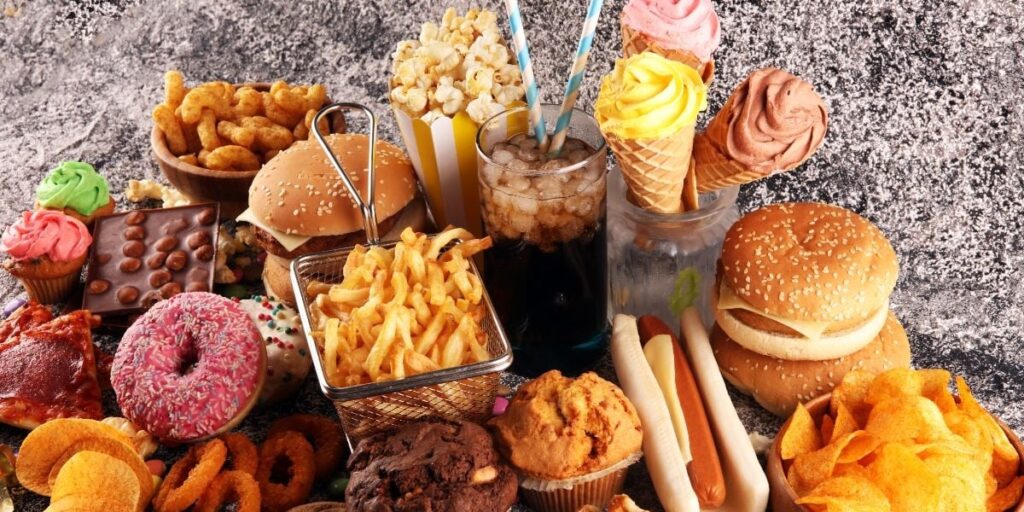Our food should be nourishing and safe to eat.
But more than 10,000 chemicals, some of which are potentially toxic, are allowed in cereal, snacks, meat and many other types of food sold in the U.S.
Almost 99 percent of food chemicals introduced since 2000 were greenlighted for use by food and chemical companies rather than properly reviewed by the Food and Drug Administration. Many of these widely used chemicals are associated with major health harms, including increased risk of cancer, developmental harm and hormone disruption.
These substances end up in what we eat, thanks to a legal loophole that allows food ingredients to be classified as “generally recognized as safe.” The loophole lets manufacturers – instead of the FDA – determine which food chemicals are safe to consume. Chemical and food companies have exploited this loophole for decades.
That can leave consumers struggling to know what’s safe for their families.
By highlighting some of the worst offenders on the market, EWG’s Dirty Dozen Guide to Food Chemicals shows you which chemicals in food to avoid:

Potassium bromate is a possible human carcinogen added to flour used in packaged baked goods.

Propylparaben is a preservative used in pastries and some tortillas. It causes developmental and reproductive harm.
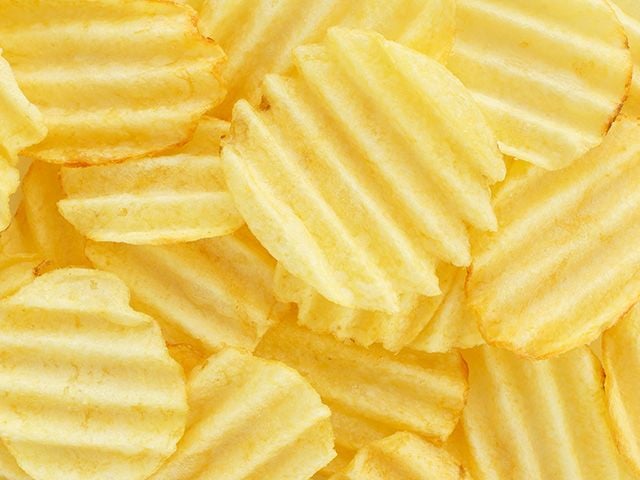
Butylated hydroxyanisole, better known as BHA, is a preservative used in cured meats and other foods. Multiple sources have identified it as a possible human carcinogen.
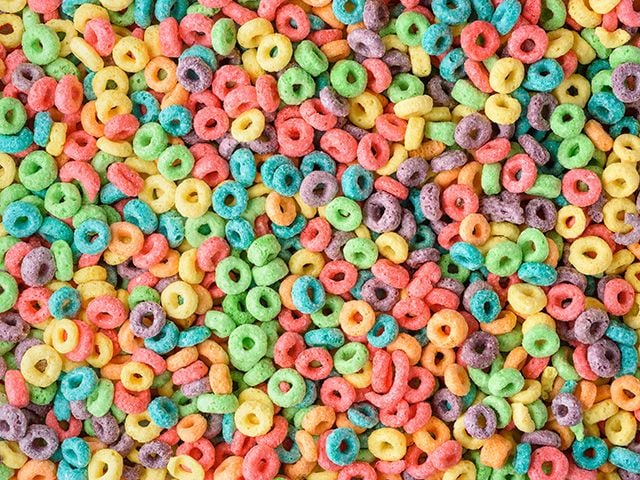
Butylated hydroxytoluene, also called BHT, is a preservative found in cereals and other foods. It’s a chemical cousin of BHA and is a possible human carcinogen.
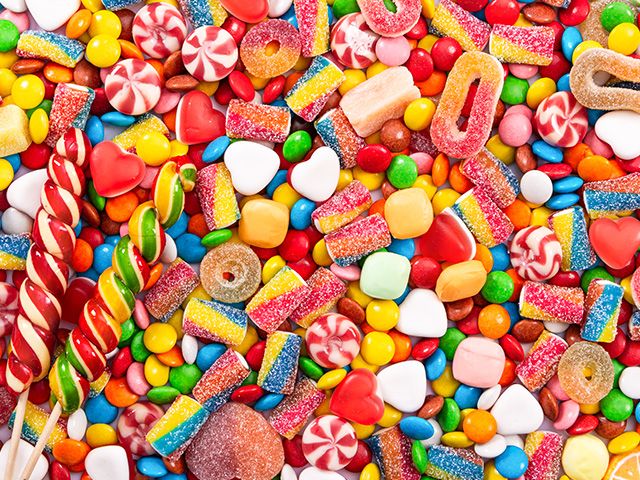
Titanium dioxide is a color additive used mostly in candy. It may damage DNA.
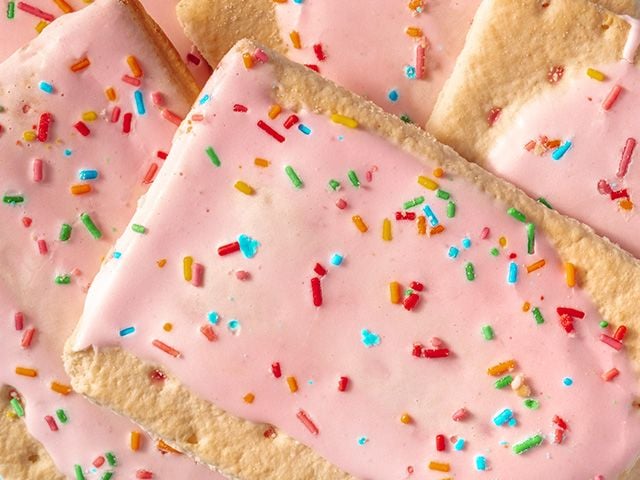
Synthetic food dye can be found in many types of food and beverages. It can affect development and cause behavioral difficulties in children. There are seven dyes that are especially concerning: Red 3, Red 40, Yellow 5, Yellow 6, Blue 1, Blue 2 and Green 3.

Aspartame is an artificial sweetener that can affect the hormones that regulate metabolism and have a negative effect on weight control. It has also been linked to heart disease and increased risk of cancer.

Azodicarbonamide, or ADA, is used as a dough conditioner and strengthener, as well as a bleaching agent in breads and pastries. ADA has been linked to an increased risk of cancer. It may also cause liver and kidney injury and affect the blood and the nervous and respiratory systems.
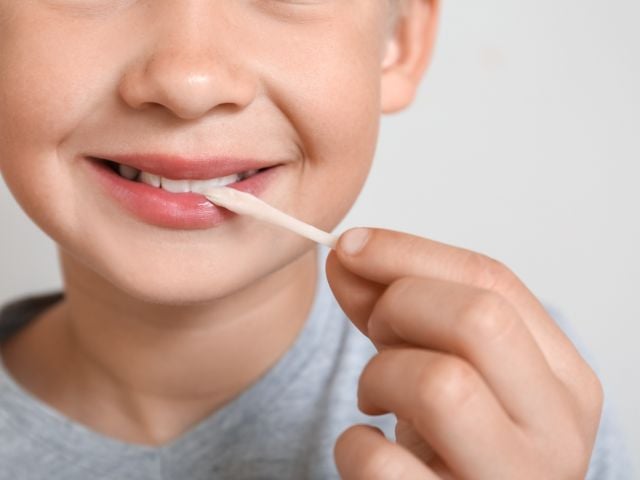
Propyl gallate is a preservative used in vegetable oil, meat products and chewing gum, among other products. It may cause hormone disruption and has been linked to an increased risk of asthma, hyperactivity and even cancer.
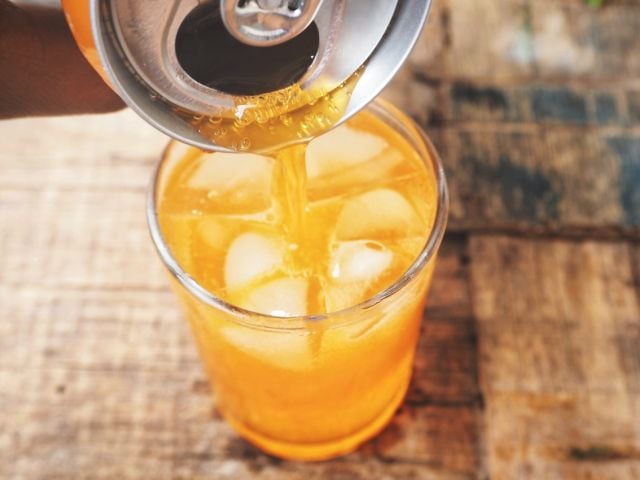
Sodium benzoate is a preservative used mostly in carbonated drinks, fruit juice, salad dressing and fermented foods. When combined with ascorbic acid, citric acid and vitamin C, it has been linked to an increased risk of cancer. The reaction between sodium benzoate and any of these three compounds forms benzene, a chemical associated with blood cancer.

Methylene chloride, trichloroethylene and ethylene dichloride
Methylene chloride, trichloroethylene and ethylene dichloride are solvents used in the production of decaffeinated coffee and tea and certain spices. These three chemicals are linked with an increased risk of cancer.
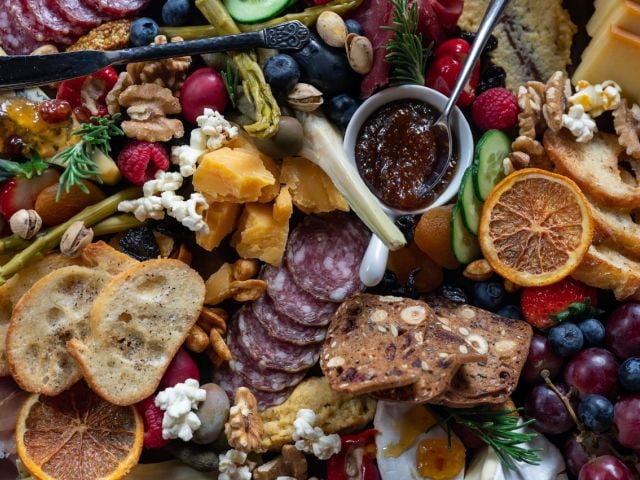
Sodium nitrite is an additive used to preserve meat. When added to processed foods, nitrites are associated with an increased risk of cancer.
Protect Babies from Toxic Heavy Metals in Baby Food

